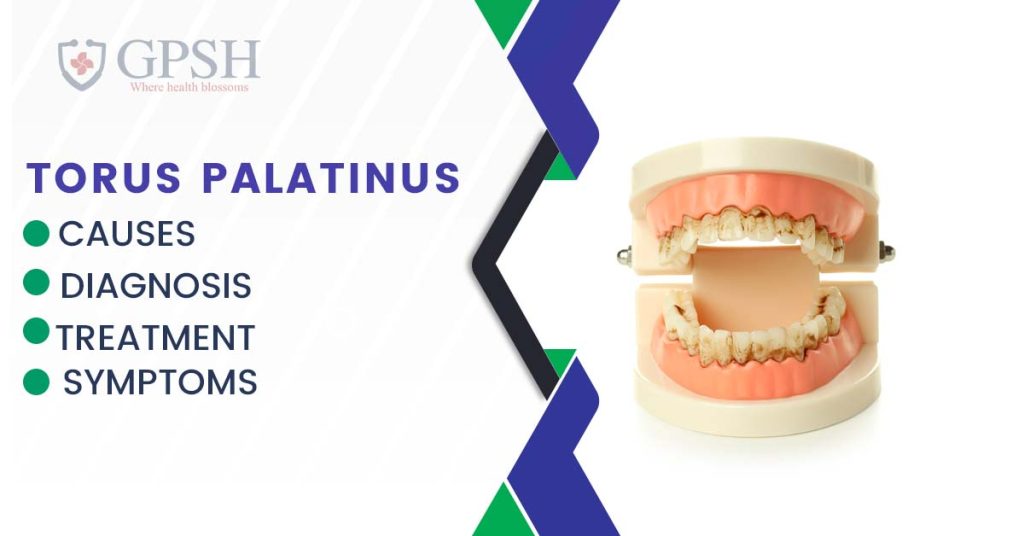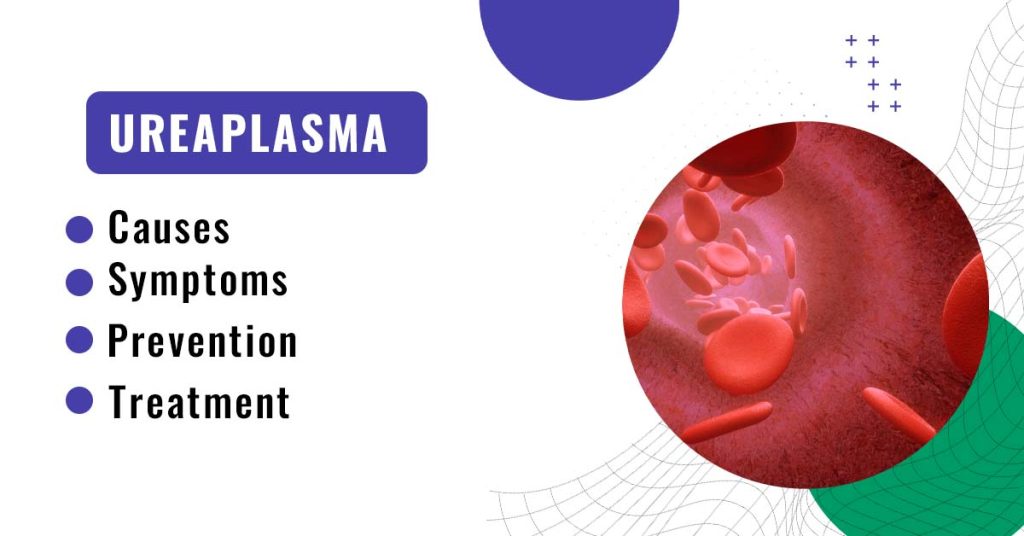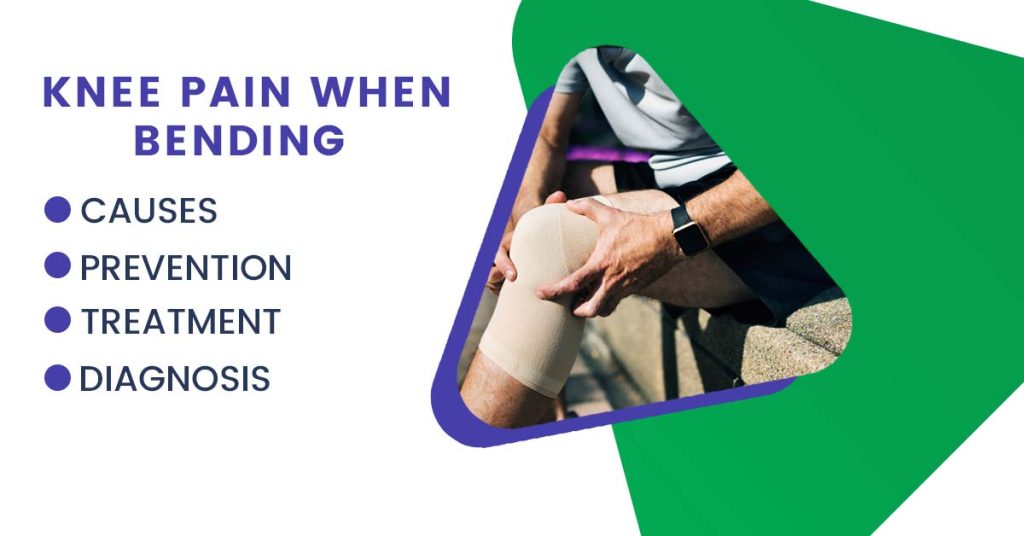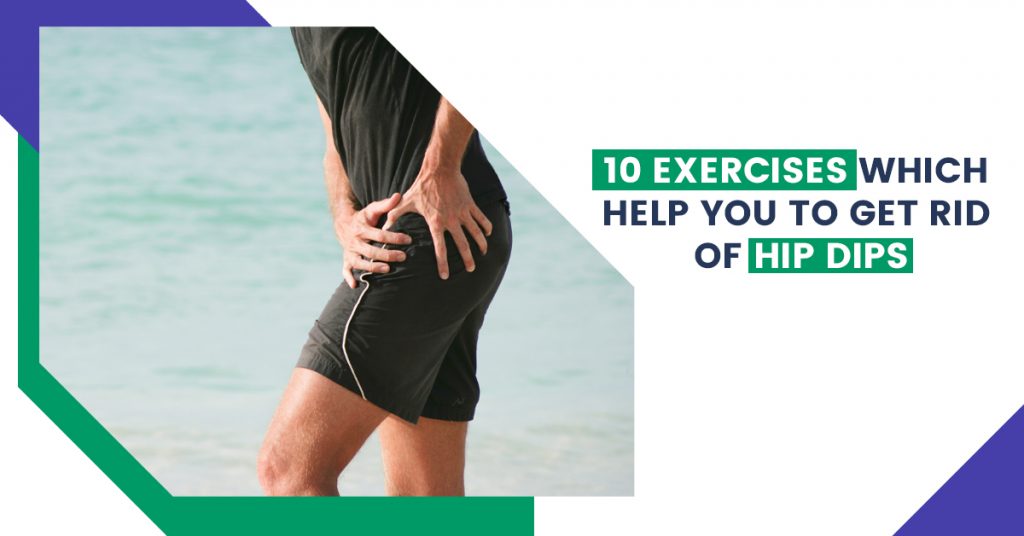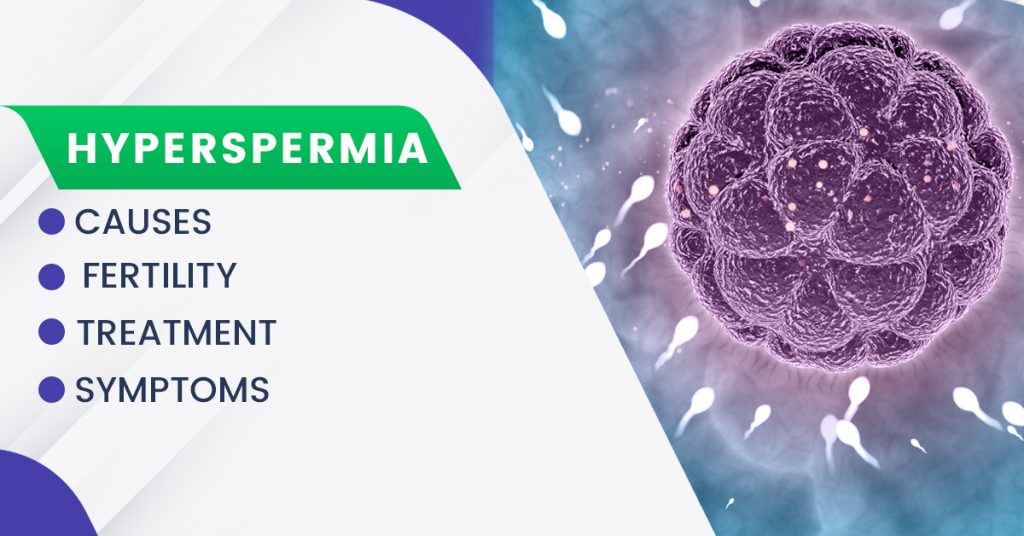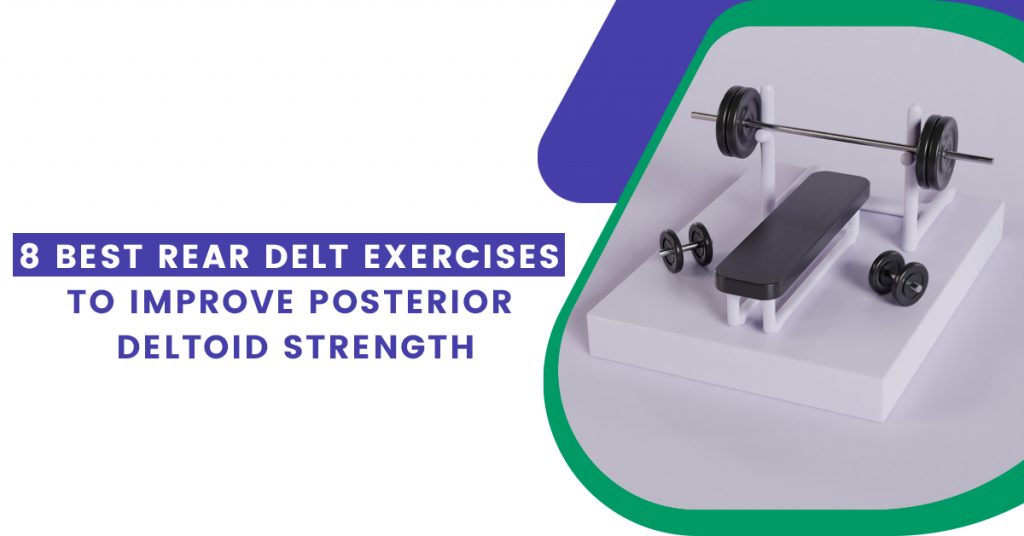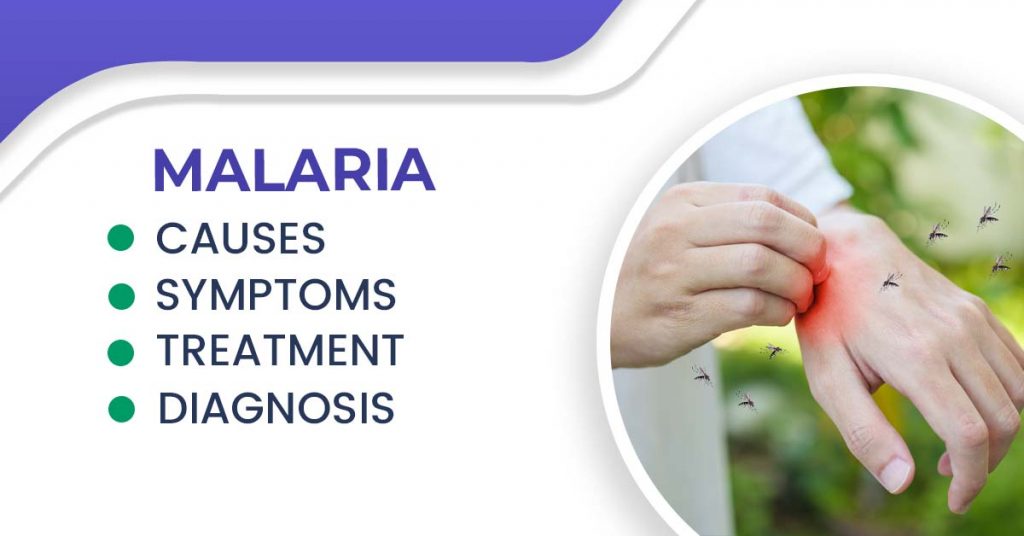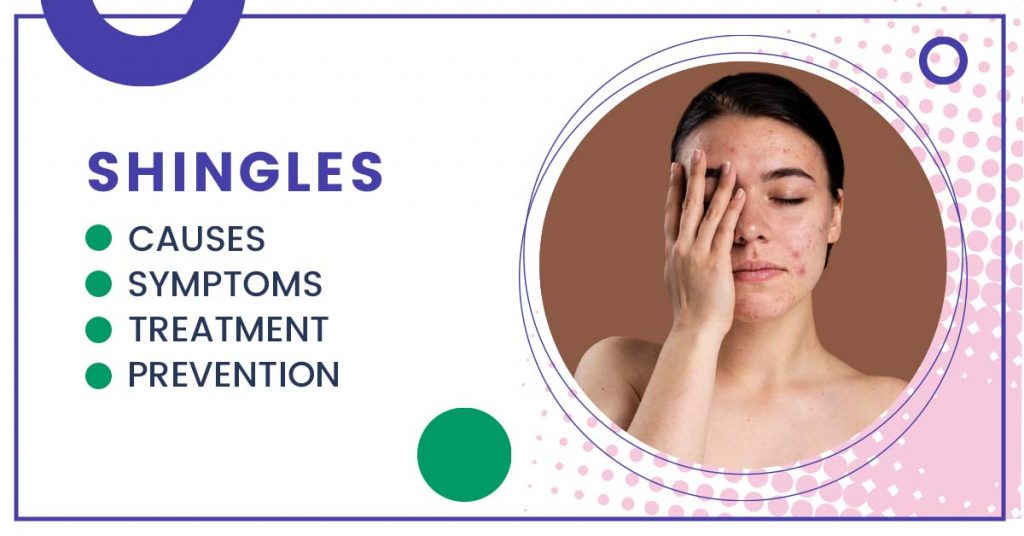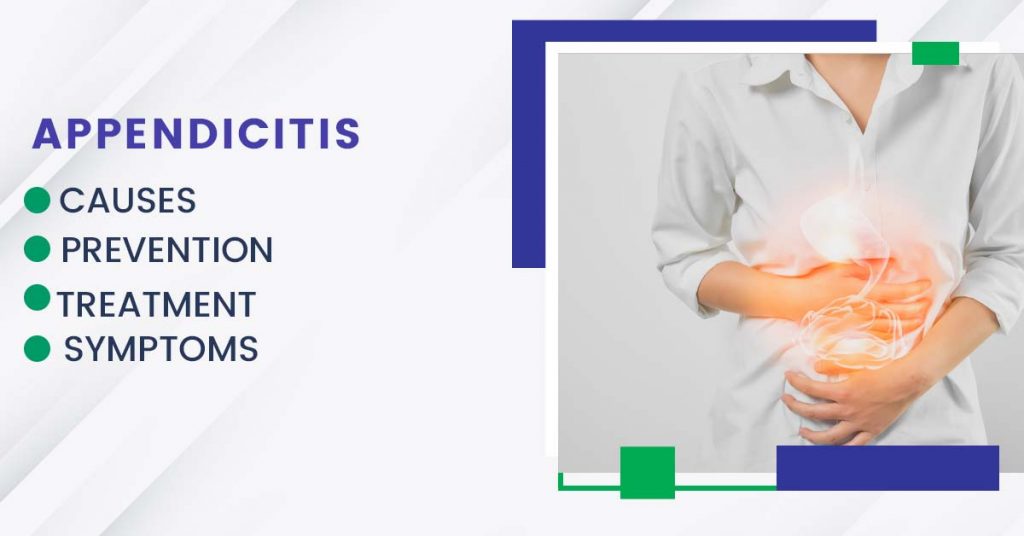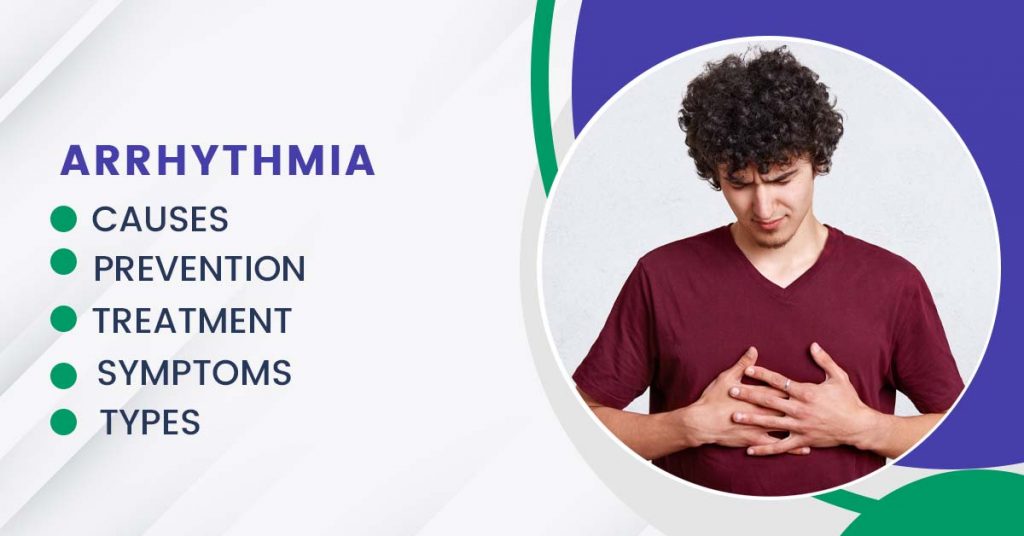Torus Palatinus: Symptoms, Diagnosis, Causes, and Treatment
A benign localized bony bump on the midline of the palate called the “torus palatinus” is an exostosis. Tori on the mandibular lingual surface is known as torus mandibularis and are covered separately. Genetic and environmental factors are probably involved in the development of tori (palatus and mandibularis).
They are more common among the Asian and Inuit populations, with a slight female predilection. Early adulthood is when people typically become aware of them. Since tori typically exist for a very long time and grow very slowly, patients frequently are unaware that they exist. Some cases go through a “growth spurt,” and patients notice a mass that is expanding reasonably quickly.
These lesions are probably influenced by both environmental (such as chronic irritation) and genetic factors. In some cases, tori can also shrink or regress over time. Unless trauma has been done to the area, tori are typically painless.
Causes of Torus Palatinus:
Around 20–30% of people in the United States have tori palatini, which is a common condition. They seem to affect women and those with Asian or Inuit ancestry more frequently. Doctors are unable to determine what causes them or why some groups are more susceptible to them than others.
These are a few examples of possible causes and risk factors:
- Age: Individuals over the age of 30 have a higher incidence of growth.
- Mouth shape and bite structure: A person’s mouth shape, tooth crowding, and other factors may increase the risk.
- Genetics: Even in people who also have other risk factors, a 2015 study of twins suggests that bony outgrowths in the mouth have a strong genetic component.
- Grinding your teeth: These bony growths may be more common in people who grind their teeth.
- Bone mineral density: A torus palatinus may develop as a result of changes in bone mineral density. According to a few older studies, older adults with torus palatinus have higher bone mineral density than their contemporaries.
You can Read Also: Knee Pain When Bending: Causes, Prevention, Diagnosis and Treatment
Symptoms of Torus Palatinus:
The hard palate, also known as the roof of the mouth, is typically smooth and slightly rounded. Some individuals, however, might have a hard lump or protrusion coming out of this region. A torus palatinus, which is a lump, could grow over time. In other instances, a person might live with it.
As a result of having a torus palatinus, a person may experience the following symptoms:
- A lump or lumps at the top of the mouth that are hard
- Bumps on the top of the mouth are not painful.
- Having trouble getting mouthguards or orthodontic appliances to fit properly
- If the growths are significant, they may result in a speech impediment or a change in speech patterns.
- A challenge when trying to fit dentures on the mouth’s roof
- If the growths are fresh, substantial, or close to the teeth, chewing may be difficult.
- Having trouble swallowing
- Food clinging to the growths’ edges
The following are some warning signs and symptoms that the growths may not be a torus palatinus:
- The existence of additional symptoms, like fever or swelling
- Gum disease, including ulcers
- The existence of growths on the body in other places
- Experiencing illness or observing other strange symptoms
- Increasingly painful growths
- Broken teeth, tooth pain, or extremely swollen gums are examples of signs of tooth decay.
Complications of Torus Palatinus:
It’s not dangerous to use tori palatini. There are no serious complications, such as infections or cancer, brought on by the growths. However, it can obstruct typical operation, just like any growth in the body.
The likelihood of complications is higher for growths that are very large and close to other structures. Some common issues include:
- Discomfort in the mouth: There may be difficulty closing or resting the mouth due to the growth interfering with normal tongue positioning.
- Swallowing: It may be difficult for a person to swallow if the growth is located in a particular area.
- Eating and chewing: There is a possibility that food may get stuck on the growth or make swallowing difficult.
- Oral hygiene: Occasionally, the growth may make it difficult to brush your teeth effectively. Oral health issues such as bad breath and tooth decay can be caused by food getting stuck in the growth.
- Speech issues: It may be difficult to speak appropriately when the tongue and mouth are enlarged. As a result, people can develop speech problems such as lisps.
- Anxiety: The growth makes some people feel self-conscious. Some people may be concerned that it will become cancerous, especially if they continue to develop new growths.
You can Read Also: Ureaplasma: Causes, Symptoms, Prevention, and Treatment
When to see a doctor?
Make an appointment with your dentist as soon as you notice a lump on the roof of your mouth. It’s unlikely that the lump is cancerous or even harmful, but you should still do some research to make sure.
Although some tori won’t need to be treated, if it’s preventing dentures, mouth guards, or orthodontic devices from fitting properly, your dentist may advise having the lump removed.
- Speech patterns are changed or speech impediments are caused.
- Eating becomes difficult due to difficulty chewing or swallowing.
- The growth causes food to get stuck around it.
- Any factor that affects your oral hygiene.
Diagnosis of Torus Palatinus:
The discovery of torus palatinus is typically accidental and happens during a clinical examination at the dentist’s office. This is due to the fact that most torus sufferers are asymptomatic and unaware of their condition.
By performing a clinical examination, torus palatinus is diagnosed:
- At the center of the hard palate, the torus palatinus can be flat, spindle-shaped, spindle-shaped, or unilobular.
- The torus mandibularis, which is situated on the lingual side of the mandible, above the mylohyoid line and at the level of the premolars, is typically symmetrical and bilateral but can also be unilateral.
- X-rays produce radiodense images that are slightly denser than the surrounding bone.
- Given the ease of the clinical examination-based diagnosis, taking X-rays (periapical, occlusal, and panoramic) is not very helpful.
- According to a histopathological analysis, the torus palatinus has a structure that is slightly spongy and has marrow spaces, similar to the compact structure of normal bone.
Torus palatinus differential diagnosis
It is important to distinguish oral torus from mouth growths like fibromas, mucoceles, osteomas, osteochondromas, and osteoid osteomas. Oral tori, however, can usually be distinguished from other conditions based solely on clinical findings. If there is doubt, a biopsy may be warranted.
Tori grow slowly over the course of their lives and cannot undergo malignant transformation. It is sometimes necessary to remove them in order to fit prostheses properly or to perform autogenous cortical bone grafting.
Treatment of Torus Palatinus:
Your dentist might suggest surgery to remove the torus if the growth is interfering with your daily life. Your dentist will suggest an oral surgeon, who will set up a consultation to look at the lump and go over your treatment options.
In most cases, the surgeon will first numb the area with a local anesthetic before making an incision, cutting out the extra bone, and stitching up the wound. A recovery period of three to four weeks is typical, and the risk of complications is low.
Ask the oral surgeon or the staff about what to anticipate following surgery, such as:
- Requirements for postoperative care.
- Avoidable foods and drinks.
- Suggestions for good oral hygiene.
Make an appointment with your dentist right away whenever you notice a new lump in your mouth to rule out any serious conditions. Fortunately, there is no immediate threat posed by palatal tori, so you can continue living normally despite the bony growth.
Surgery offers an effective solution for getting rid of the lump with little risk to you or your smile if the torus prevents you from speaking, eating, or receiving other oral treatments.
Torus Palatinus: Symptoms, Diagnosis, Causes, and Treatment Read More »


